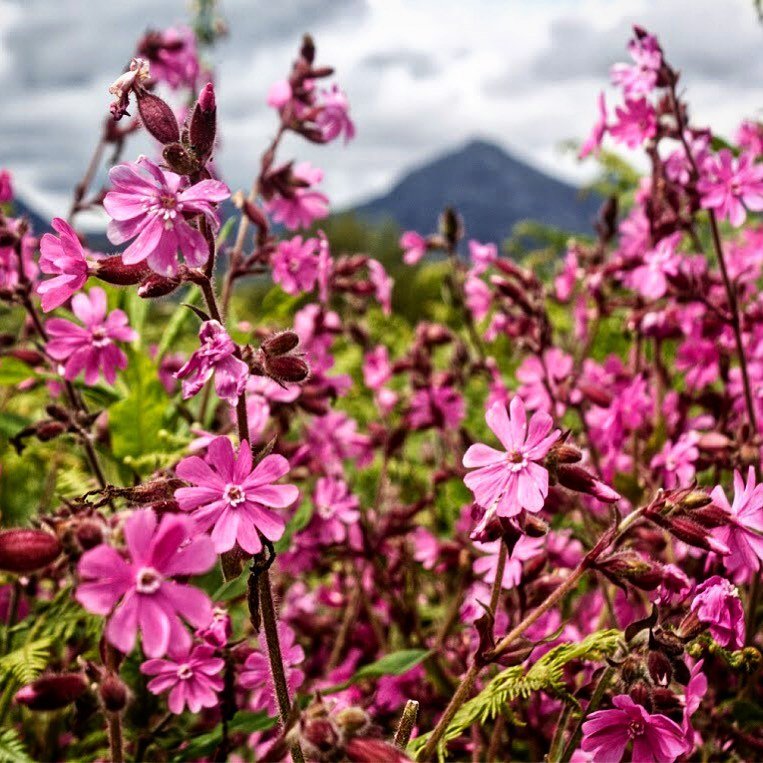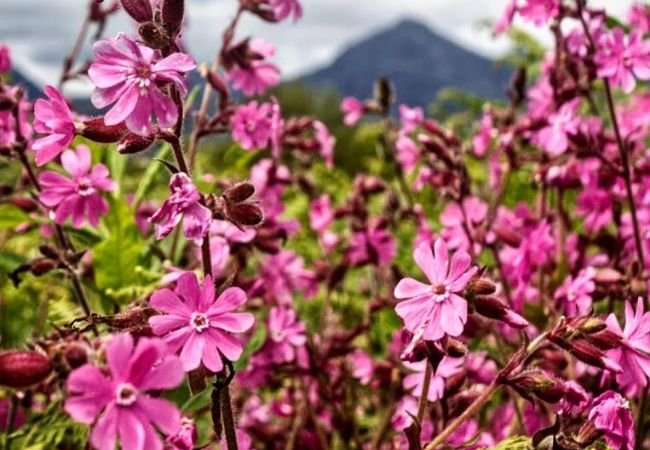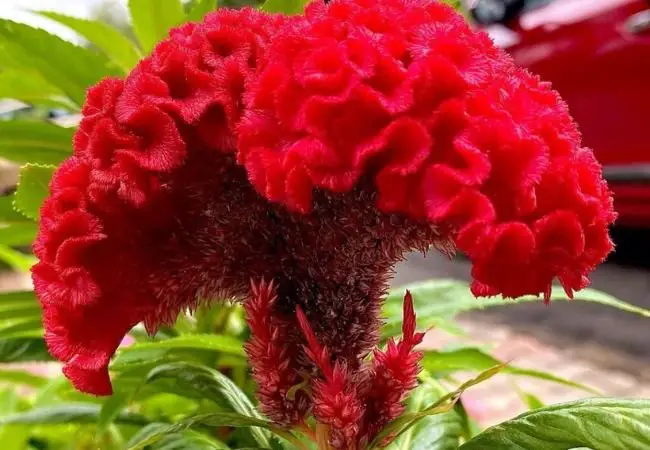Discover the charm of campion Flower ! Learn how to grow these delicate, colorful blooms in your USA garden. Get tips on planting, care and the many uses of campions, from wildflower gardens to attracting pollinators.
Have you ever noticed delicate pink or white flowers blooming in meadows or along roadsides? Chances are, you’ve stumbled upon campion flower. These pretty blooms are not just wild beauties; they can also be a lovely addition to your garden. Let’s explore the world of campion flowers and learn how to grow them.
Certainly! Here’s a chart with information about the Campion flower:
| Aspect | Details |
|---|---|
| Botanical Name | Silene spp. (various species) |
| Common Name | Campion |
| Plant Type | Perennial or biennial |
| Hardiness Zone | Zones 3-9 (depends on species) |
| Sun Exposure | Full sun to part shade |
| Soil Type | Well-drained, fertile soil |
| Watering Needs | Moderate; regular watering |
| Growth Habit | Upright, clumping |
| Height/Spread | Height varies (typically 1-3 feet) |
| Special Features | Attractive to butterflies and bees, some species have fragrant flowers |
What are Campion Flowers?

Campion flowers belong to the genus Silene, which includes about 700 species. These flowers come in various colors, but pink and white are the most common. Some popular types of campion include Red Campion, White Campion and Moss Campion.
How Campion Flowers Look
- Height: Campions can range from low-growing (4 inches) to tall (up to 3 feet), depending on the species.
- Flowers: The flowers are typically small and star-shaped with five petals.
- Colors: Most campions are pink or white, but some species come in red or purple.
- Leaves: The leaves are usually narrow and grow opposite each other on the stem.
To see different campion varieties, visit the National Gardening Association’s Silene gallery.
Growing Campion Flowers
Want to grow campions in your garden? Here’s what you need to know:
- Sunlight: Most campions prefer full sun to partial shade.
- Soil: They grow best in well-draining soil. Some species tolerate poor soil.
- Water: Water regularly until established. After that, most campions are drought-tolerant.
- Temperature: Campions are hardy in USDA zones 4-8, depending on the species.
- Planting time: Plant seeds in spring or fall, or transplant young plants in spring.
For more growing tips, check out Gardening Know How’s guide to growing campion flowers.
Uses of Campion Flowers in the Garden
- Wildflower gardens: Campions are perfect for natural-looking gardens.
- Rock gardens: Low-growing species like Moss Campion are great for rock gardens.
- Border plants: Taller campions make nice border plants in flower beds.
- Attracting pollinators: Campions attract bees, butterflies, and moths.
Benefits of Growing Campion Flowers
- Low maintenance: Once established, campions need little care.
- Long blooming period: Many campions bloom from spring to fall.
- Versatile: Different species suit various garden styles and conditions.
- Wildlife-friendly: Campions provide food and habitat for insects and birds.
Find out more about the benefits of native plants like campions at The National Wildlife Federation’s native plant finder.
Caring for Campion Flowers
To keep your campions healthy:
- Water deeply during dry spells, especially for young plants.
- Remove dead flowers to encourage more blooms.
- Cut back tall species in late fall to keep them tidy.
- Divide perennial campions every 3-4 years to maintain vigor.
For more care information, visit The Spruce’s guide to growing campion flowers.
Common Problems and Solutions
- Powdery mildew: This fungal disease appears as white powder on leaves. Improve air circulation and avoid wetting leaves when watering.
- Rust: Another fungal disease that causes orange spots on leaves. Remove affected leaves and avoid overhead watering.
- Slugs and snails: These pests can damage young plants. Use organic slug control methods or barriers.
Campion flowers are charming, easy-to-grow plants that can add a touch of wildflower beauty to your garden. Whether you’re creating a meadow-like space or just want to add some native plants to your flower beds, campions are a great choice. With their pretty blooms and low maintenance needs, they’re sure to become a favorite in your garden.
For more information on growing native plants in your area, visit the Lady Bird Johnson Wildflower Center’s native plants database.
For more gardening tips and plant care guides, visit usagardenhub.com.






